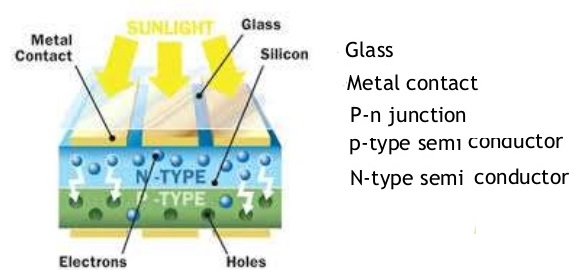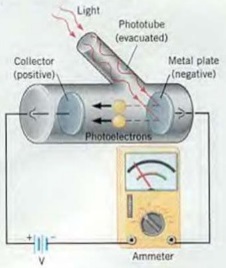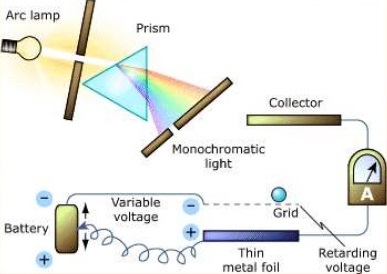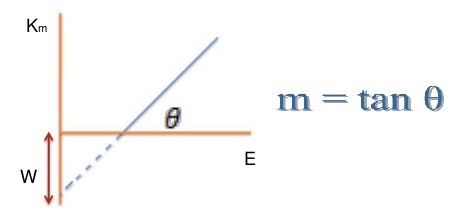This page explains how solar panels work, actually we shall understand what is photovoltaic effect that causes the light to convert in to the electricity or energy.
In fact photovoltaic effect also called photoelectric effect is the effect that causes the production of solar electricity using the specific semiconductor materials.
Before looking in depth the process of solar energy production lets understand the what is a solar cell and how it works.
photovoltaic effect & photoelectric effect
Solar cell or photovoltaic PV cells are made up of at least 2 semi-conductor layers.
One layer containing a positive charge, the other having a negative charge.
Photovoltaic & photoelectric effects are mainly due to the the photons that carry the solar or light energy in the form of tiny particles.
Once the photon is hitting the photovoltaic cell, it absorbs many of the photons and some of them are reflected.
Photoelectric effect comes in action once enough photons are absorbed by the negative layer of the photovoltaic cell, due to which electrons are freed from the negative semiconductor material.
The structure of the PV cells allows the free electrons naturally migrate to the positive layer creating a voltage difference.
Once the potential difference is created now we can join two layers to any desired load and electricity starts to flow.

Normally individual solar energy cell produces only 1-2 watts.
To increase power output, cells are combined in a weather-tight package called a solar module.
These modules (from one to several thousand) are then wired up in serial and/or parallel with one another, this forms a solar array which can be sized in accordance with the desired voltage and amperage output for any type of use or on project levels.
Photoelectric effect usage in Solar Cells
When a beam of light of sufficiently high frequency is directed onto a clean metal surface then the light will cause electrons to leave the surface.
The phenomenon of emission of electrons by the metals when they are exposed to light of suitable frequency is called as the photoelectric effect and emitted electrons are called as photoelectrons.

Photoelectric effect working principle: when a beam of light falls on photosensitive metal plate which is called emitter.
The plate emits photoelectrons due to photoelectric effect. The photo electrons emitted by plate will be attracted towards the positive plate.
Ultimately these electrons will flow in the eternal circuit to cause an electric current in the circuit. Such a current is known as the photoelectric current and measured by the micrometer connected in the circuit.

Einstein’s equation of photoelectric effect
Km = E – W
KE = hv – hvo
½ m v2max = h(v – vo)
where:
Km is maximum kinetic energy
E is energy of photon’s
W is work function of metal
Characteristics of photoelectric effect
- Threshold frequency is different for different material.
- Photoelectric current is directly proportional to intensity of light.
- The K.E. of photoelectrons is directly proportional to frequency of light.
- Stopping potential is directly proportional to frequency.
- The process is instantaneous.
History, Evolution & Growth of photovoltaic technology
1839 – Alexandre Edmond Becquerel observes the photovoltaic effect via an electrode in a conductive solution exposed to light.
1887 – Heinrich Hertz investigates ultraviolet light photo-conductivity and discovers the photoelectric effect
1888-91 – Aleksandr Stoletov creates the first solar cell
1905 – Albert Einstein publishes a paper explaining the photoelectric effect on a quantum basis.
1954 – Bell Labs announces the invention of the first practical silicon solar cell. These cells have about 6% efficiency.
1960 – Hoffman Electronics creates a 14% efficient solar cell
1988 – The Dye-sensitized solar cell is created by Michael Grätzel and Brian O’Regan. These photoelectrochemical cells work from an organic dye compound inside the cell and cost half as much as silicon solar cells.
1989 – Reflective solar concentrators are first used with solar cells
1999 – Total worldwide installed photovoltaic power reaches 1,000 megawatts.
2012 – 3D PV-cell with 30% more energy efficiency.
Discover more from Electrical Engineering 123
Subscribe to get the latest posts sent to your email.
